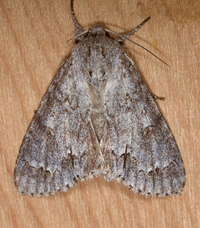
| Recorded by: Jim Petranka, Mark Basinger and Becky Elkin on 2025-08-30
Richmond Co.
Comment: | 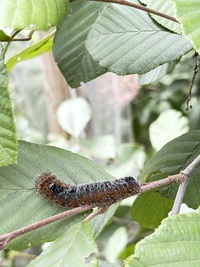
| Recorded by: Owen Carson on 2025-08-23
Transylvania Co.
Comment: |

| Recorded by: Owen Carson on 2025-08-23
Transylvania Co.
Comment: | 
| Recorded by: Mark Basinger on 2024-08-20
Wilson Co.
Comment: |

| Recorded by: Mark Basinger on 2024-08-05
Mitchell Co.
Comment: | 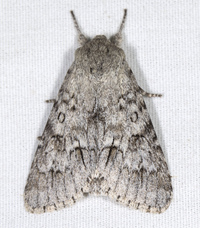
| Recorded by: John Petranka on 2023-06-02
Orange Co.
Comment: |
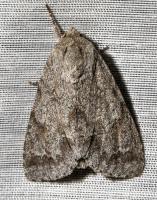
| Recorded by: Steve Hall on 2018-06-16
Orange Co.
Comment: | 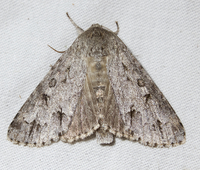
| Recorded by: Jim Petranka and Becky Elkin on 2018-06-02
Madison Co.
Comment: |
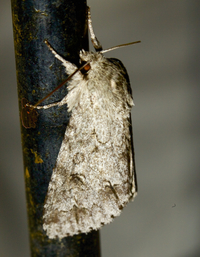
| Recorded by: Jim Petranka and Becky Elkin on 2018-06-02
Madison Co.
Comment: | 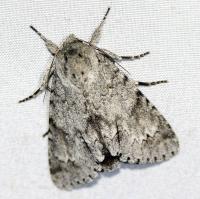
| Recorded by: Paul Scharf on 2015-08-12
Warren Co.
Comment: Believed to be a male hastulifera based on its whitish coloration and sharply defined outer edge of the postmedian line |

| Recorded by: Darryl Willis on 2013-06-15
Cabarrus Co.
Comment: | 
| Recorded by: Doug Blatny/Jackie Nelson on 2012-07-25
Ashe Co.
Comment: |
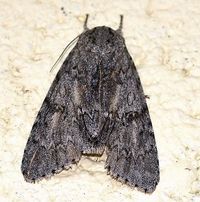
| Recorded by: Paul Scharf on 2012-07-09
Warren Co.
Comment: | 
| Recorded by: Doug Blatny / Jackie Nelson on 2012-07-06
Ashe Co.
Comment: |
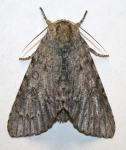
| Recorded by: Doug Blatny/Jackie Nelson on 2012-06-29
Ashe Co.
Comment: | 
| Recorded by: ASH on 2011-09-27
Moore Co.
Comment: |

| Recorded by: Paul Scharf on 2011-08-23
Warren Co.
Comment: | 
| Recorded by: Paul Scharf on 2011-06-08
Warren Co.
Comment: |

| Recorded by: Paul Scharf on 2010-05-31
Warren Co.
Comment: | 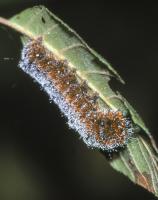
| Recorded by: Steve Hall on 2003-10-07
Hoke Co.
Comment: Larva found feeding on Tag Alder in a Sandhills Seep |

| Recorded by: Stephen Hall; Scott Hartley; Chris Helms on 2000-08-28
Moore Co.
Comment: Female, captured in same stream floodplain where a larva had been observed. Wingspan = 5.1 cm; forewing length = 2.4 cm | 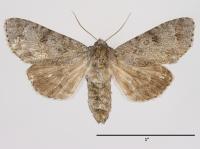
| Recorded by: Stephen Hall; Scott Hartley; Chris Helms on 2000-08-28
Moore Co.
Comment: Female, captured in same stream floodplain where a larva had been observed. Wingspan = 4.9 cm; forewing length = 2.3 cm |
|

 »
»


 »
»
